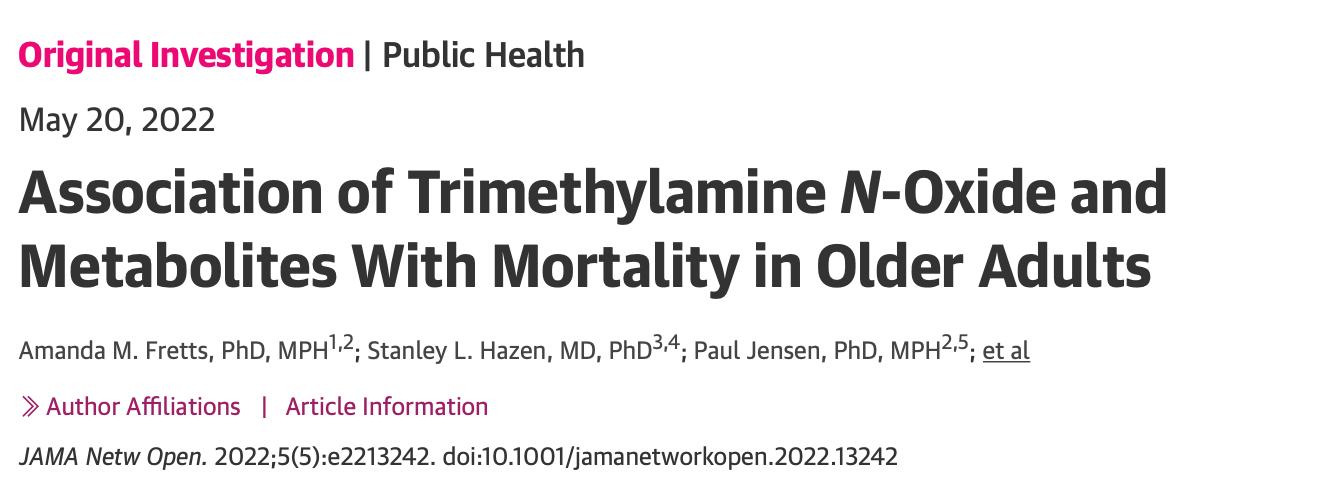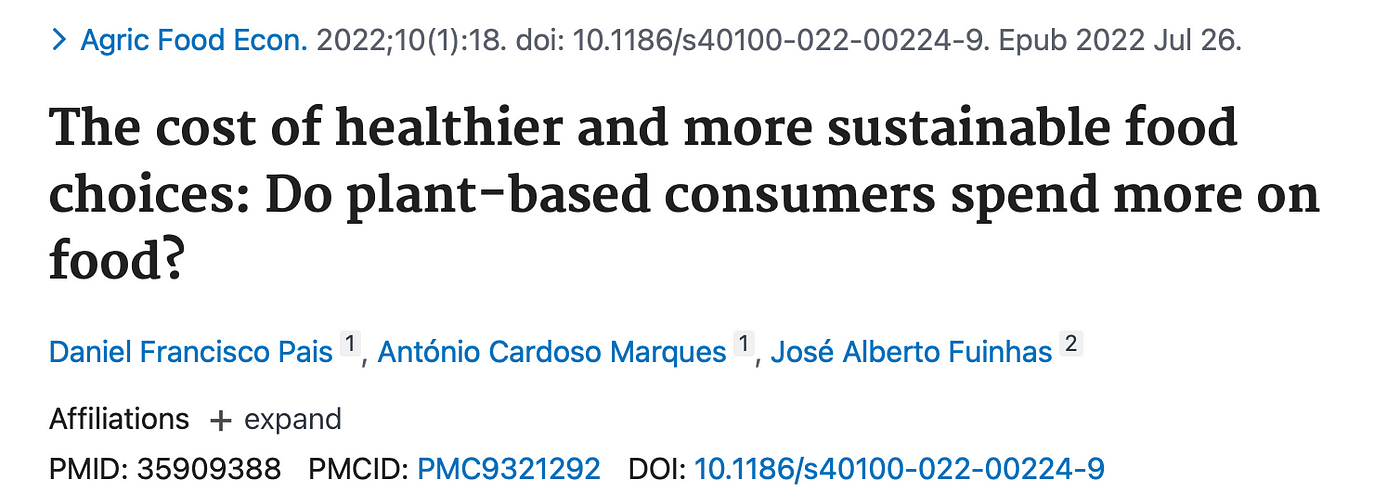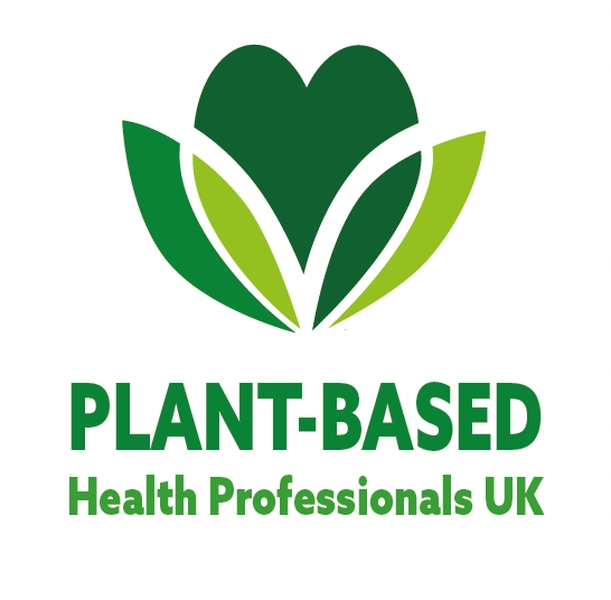A review of the week’s plant-based nutrition news 7th August 2022
This week I cover the impacts of meat and alcohol consumption on health outcomes and hope to dispel the myth that plant-based diets are expensive.

MEAT, TMAO AND CARDIOVASCULAR DISEASE (CVD): Despite the prevailing evidence, there remains heated debated as to whether animal-derived foods increase the risk of CVD. This study specifically asks whether red meat and processed meat consumption increase the risk of CVD and if so, how? To date, most research on the mechanisms by which meat consumption increases the risk of CVD has focused on saturated fat, dietary cholesterol, sodium, haem iron and nitrites, but recent evidence suggests that an additional important mechanisms may include the action of gut bacteria, which creates certain metabolites when meat (and eggs) is consumed.
Choline and carnitine, compounds derived mainly from animal foods (red meat, poultry, fish and eggs) are converted by gut microbes to trimethylamine (TMA). TMA is then converted to trimethylamine N-oxide (TMAO) by the liver. Carnitine can also be converted to gamma-butyrobetaine and crotonobetaine under anaerobic conditions. TMAO is thought to increase the risk of CVD (both heart disease and stroke) by its effects on cholesterol and sterol metabolism, promoting inflammation and by making platelets more reactive thus increasing blood clotting. High blood levels of TMAO in humans has also been associated with higher risks chronic kidney disease, type 2 diabetes and heart failure.
This study included 3,931 participants from the Cardiovascular Health Study (CHS) in the US, recruited between 1989 to 1990. The study is a community-based longitudinal cohort of adults aged 65 years or older. The average age of participants at enrolment was 73 years, nearly two-thirds of participants were female and 88% of participants were White. The median follow-up participants was 12.5 years, and up to 26 years in some cases.
All study participants answered two validated food-frequency questionnaires about their usual dietary habits, including intake of red meat, processed meat, fish, poultry and eggs, at the start of the study and again from 1995 to 1996. For the first questionnaire, participants indicated how often, on average in the previous 12 months, they had eaten given amounts of various foods, ranging from “never” to “almost every day or at least five times per week,” based on medium portion sizes, which varied based on the food source. The second questionnaire used a ten-category frequency of average intake over the past 12 months, ranging from “never or less than once per month” to “six+ servings per day,” with defined standard portion sizes.
The researchers measured levels of the metabolites in blood samples linked to red meat consumption including TMAO, gamma-butyrobetaine and crotonobetaine. They also examined whether blood glucose, inflammation (CRP), blood pressure and blood cholesterol may account for the elevated cardiovascular risk associated with red meat consumption.
The current analyses compared the risk of CVD among participants who ate different amounts of animal source foods (i.e., red meat, processed meat, fish, chicken and eggs). They found that eating more meat, especially red meat and processed meat, was linked to a higher risk of atherosclerotic cardiovascular disease — a 22% higher risk for about every 1.1 serving per day. Meat consumption was associated with higher levels of TMAO and related metabolites in the blood and this was estimated to explain roughly one-tenth of this elevated risk of CVD. They also noted that blood sugar and general inflammation pathways may help explain the links between red meat intake and CVD. Blood glucose and inflammation also appear to be more important in linking red meat intake and CVD than pathways related to blood cholesterol or blood pressure. Intake of fish, poultry and eggs were not significantly linked to higher risk of CVD.
As always, there are several limitations to this type of study. The study was observational, meaning that it can not alone prove cause and effect between meat, TMAO and CVD. Food consumption was self-reported, so there may have been errors in reporting. The study participants were older, White men and women and thus the findings may not be applicable to younger or more racially diverse populations.
Older adults in my hospital who are at risk of frailty or have sarcopenia, are often told to consume more protein from animal sources. This paper once again calls into question this advice as any theoretical benefit may well be offset by the more genuine risks of CVD.

TMAO AND PREMATURE DEATH: Another paper published in May conducted by the same research group analysed the association between metabolites of carnitine and phosphatidylcholine and risk of death.
This study included more than 5,33 participants from the Cardiovascular Heart Study. 59.7% were female, 83.4% White and 15.9% Black, During a median follow-up of 13.2 years, 4791 deaths occurred. Plasma TMAO and it’s family of precursors (choline, betaine, and carnitine) and metabolites (butyrobetaine) were measured from stored samples at baseline and at follow up
The results showed that TMAO and related metabolites were positively associated with the risk of death from any cause, and this risk was highest among those with lower kidney function. Comparing quintiles of the highest plasma levels to the lowest, higher TMAO levels increased the risk of death by 30%, choline by 19%, carnitine and butyrobetaine by 26%. Plasma betaine was not associated with risk of death. The postive associations were similar for both CVD and non-CVD-related deaths. The authors conclude The findings of this cohort study suggested that higher concentrations of TMAO and related metabolites were associated with a higher risk of death among older adults’.
There are however some unanswered questions in this field of research. TMAO may not be causal as such, but more an association and a reflection of a diet high in meat and eggs. This is on the basis of two findings. Firstly, that fish, especially deep sea fish, are one of the highest dietary sources of TMAO, yet fish consumption is typically associated with a low risk of developing CVD. Secondly, studies that have used Mendelian randomisation, a way of studying genetically determined traits, have not shown an increased risk of CVD in those with genetically higher levels of TMAO
Whilst we figure out the true meaning of these findings, dietary interventions are the obvious approach to lower levels of TMAO. In a well conducted study, 760 women from the Nurses’ Health Study were followed for 14 years. Blood samples were taken at baseline and after 10 years. Those with the highest level of TMAO had a greater risk of coronary heart disease. There was also a strong correlation with increasing levels over the 10 year period and inverse association with decreasing levels demonstrating that you can change your risk over time. There was a 58–79% higher risk of developing coronary heart disease compared to those with the lowest TMAO levels. The study also demonstrated that TMAO levels were correlated with diet pattern. Those consuming healthier diets composed of more whole plant foods had lower levels of TMAO and hence less coronary heart disease

ALCOHOL AND TELOMERE LENGTH: It should be clear by now that my stance on alcohol consumption, based on the evidence, is that it is best avoided. I dedicated a recent review to this topic which provides the evidence to why I have come to this conclusion. This paper further adds to the evidence that alcohol consumption can not be considered health promoting.
Telomere length (the caps at the end of our chromosomes) is a marker of ageing with shortening as we age. The rate of decrease is predictive of the risk of chronic conditions and early death. To date there has been conflicting evidence on the impact of alcohol consumption on telomere length. Therefore, this study used Mendelian randomisation, a method of estimating the association between genetically predicted levels of an exposure (alcohol) and an outcome of interest (telomere length). Residual confounding and reverse causation is less of a concern compared to other methodologies used to analyse observational data.
This paper reports findings from the UK Biobank, a prospective cohort study which recruited ~500,000 volunteers aged 40–69 years in 2006–10. The analysis suggested a causal relationship between alcohol consumption and shorter telomere length, although the relationship was non-linear suggesting a threshold level above which telomere length is impacts.
The authors conclude ‘These findings provide another piece of information in the arsenal of clinicians seeking to persuade patients of the harmful effects of alcohol. Shortened telomeres are proposed as causal risk factors for a number of age-related diseases like Alzheimer’s disease. Furthermore, the dose of alcohol is important –even reducing drinking could have benefits’.

RISKS ASSOCIATED WITH ALCOHOL CONSUMPTION: This new analysis from the Global Burden of Disease estimates that 1.34 billion people consumed harmful amounts of alcohol (1.03 billion males and 0.312 billion females) in 2020. The study assessed alcohol consumption in 21 regions, including 204 countries and territories, by 5-year age group, sex, and year for individuals aged 15–95 years and older from 1990 to 2020. 59.1% of people who consumed unsafe amounts of alcohol were young adults aged 15–39 with 76.7% being male. For this age group there were no demonstrable health benefits to drinking alcohol, but rather an increased risk of harm. The relationship between alcohol consumption and risk of disease is complex and the risks of alcohol consumption differed by age and by geographic location.
For people over age 40, health risks from alcohol consumption varied by age and region. Consuming a small amount of alcohol (for example, drinking between one to 2 glasses of red wine per day) for people in this age group may provide some health benefits, such as reducing the risk of cardiovascular disease, stroke, and diabetes.
For me it’s difficult to have different advice for different age groups. Habits formed in younger life often continue throughout life and hence heavy drinking in younger age may well continue this into older age. There is certainly no evidence to support starting to drink alcohol in older age if you are usually a non-drinker.
There have also been a number of papers recently demonstrating the negative impact of alcohol consumption on brain health and risk of cognitive decline. A further analysis from the UK Biobank study has elucidated a potential mechanism by which alcohol consumption may contribute to cognitive decline. In 20,965 participants, researchers assessed the association of alcohol intake with blood and liver iron and cognitive measures associated with higher brain iron. Alcohol consumption above 7 units (56 g) weekly was associated with markers of higher iron in the basal ganglia, which in turn associated with worse cognitive function. Accumulation of brain iron may be a potential mechanism for alcohol-related cognitive decline.

A MYTH THAT NEVER DIES: One of the many arguments made against transitioning to a plant-based diet is that it is more expensive than the prevailing diet patterns. There is some truth to this. Healthy diet patterns that meet the recommendations of the Eatwell guide in the UK are indeed more expensive than the typical ultra-processed diets more commonly consumed. This was highlighted by the recent report from the Food Foundation. In part, this is because many Governments continue to subsidise meat and dairy farming. Without these subsidises and taking into account the true health and environmental costs of the industry, the animal farming sector would not be able to survive. It would be financially unviable for farmers and consumers.
When various healthy diet scenarios have been compared with the typical diets in 150 countries, using food prices from the World Bank’s International Comparison Program, it has been estimated that in high income countries, a healthy vegan diet was the most affordable, reducing food costs by up to one third.
The current paper finds that people consuming a plant-based diet actually spend less on food than omnivores. The study was conducted in Portugal and analysed data collected through a cross-sectional online survey. The 1040 participants self-identified as one of 5 groups, omnivorous (consumes every type of foods, animal-based and plant-based), pescatarian (fish-based, excludes meat), flexitarian (mainly plant-based, and significant reduction in animal-based foods), ovo-lacto-vegetarian (plant-based, includes animal- based by-products), and vegan (plant-based, excludes all types of animal-based foods). Of note however, there were only 26 (2.5%) fully vegan participants in the whole cohort.
On average, omnivores spent €75.96/week on food consumed at home. This was higher than all the other diets, particularly in comparison with €62.35/week for pescatarians, €68.6/week for flexitarians, €59.39/week for ovo-lacto-vegetarians, and €47.78/week for vegans. Vegans also spent less on food eaten outside of the home.
The authors conclude ‘results suggest that Portuguese consumers who follow a plant-based diet end up spending less on both food consumed at-home and away-from-home, compared with an otherwise similar Portuguese consumer who follows an omnivorous diet. Food policies aligning healthiness and sustainability with affordability can deliver a major boost for the promotion of plant-based diets and help achieve the (climate) mitigation targets proposed.’
A new paper by Marco Springmann clearly demonstrates that redirect agricultural subsidies to support the production of foods with beneficial health and environmental characteristics, including fruits, vegetables, and other horticultural products, can be economically feasible and contribute to transitions towards healthy and sustainable food systems.
Please follow my organisation ‘plant-based health professionals UK’ on Instagram @plantbasedhealthprofessionals and facebook. You can support our work by joining as a member or making a donation via the website.
